by Annelise Pitts - Associate, AIA, EQxD Research Chair
In both 2014 and 2016 Equity in Architecture Surveys, our respondents cited “low pay” as one of the top reasons for having left their last job in architecture. This was even more common amongst those who had left the profession entirely. Meanwhile, “earnings” was one of the most commonly cited characteristics of professionally success in the 2016 survey. Clearly, compensation is an important factor in considering whether to stay in a job in architecture, and in evaluating one’s professional well-being.
It’s problematic, then, that white men were found to earn more, on average, than women or people of color, even after adjusting for factors like level of experience and average number of hours worked per week. This week, we’ll be taking a deep dive into the subject of pay equity, with three articles providing metrics from the 2016 Equity in Architecture Survey as a means of delving into the issue. We’ll start with a broad overview of the issue, quantifying the pay gap in its simplest terms, and explaining why it’s a critical issue to address. Part 2 of the discussion will follow with a more in-depth article that explores the ideas of “equal pay for equal work” and “pay equity” by showing key drivers of pay in architecture, and ask whether the ways in which we value architectural labor carry inherent biases. Finally, Part 3, we’ll discuss ways in which firms and individuals can work to increase earnings and promote pay equity.
The “pay” numbers that you’ll see this week are based on responses to the question “what was your total income, including salary and bonuses, last year?” Respondents were asked to choose from 21 different income brackets, which began at “$35k or less”, and increased to the top of the pay scale at “325k or higher.” These brackets began in $5k increments at the bottom of the pay scale, and grew gradually to encompass $20k increments in the top earnings brackets. In our analysis, “average earnings” have been approximated by assigning all respondents within a pay bracket with a salary that is the average of the higher and lower end of their bracket. These brackets were used in lieu of asking each respondent to report their absolute earnings in order to follow standard data collection practices adopted by the AIA, NCARB, and other industry partners.
Relatively few respondents (144 total of 8431 respondents who reported income) reported salaries in excess of $325k, indicating that this was an adequate top salary. Meanwhile, approximately 10% of respondents (658 total) reported earning $35k a year or less, suggesting that the lowest income bracket should have set at a lower level. This likely means that average salaries, as reported in our findings, are slightly higher than the average that would be calculated by asking each respondent to report their absolute earnings, or had the lowest bracket been a lower number. We continue to believe in the validity of our findings, but share this information as a way of suggesting that you focus on the trends and income gaps that this work reveals, rather than concentrating on the absolute quantities associated with any individual data point.
Mind the Gap
The data from the Equity in Architecture survey demonstrates that white men earn more, on average, than white women or people of color. Respondents identifying as black or African American were at a particular financial disadvantage, averaging lower incomes than other respondents at nearly every point in their careers.
The wage gap is not only a driver of financial inequality, but potentially an important contributor to gender and ethnicity-based differences in job satisfaction and in retention. Respondents indicated that pay was often an important consideration in the decision to leave a job, and also indicated that earnings were one of the most important considerations in defining their own professional success. Pay Equity, then, isn’t just about fairness (although we think that’s an important enough reason to develop equitable pay practices!). Working towards Pay Equity is an important part of establishing an environment in which all practitioners have the opportunity to have a rewarding career in architecture. Please use the arrows on right corner of the image below to click through the slideshow and learn more.











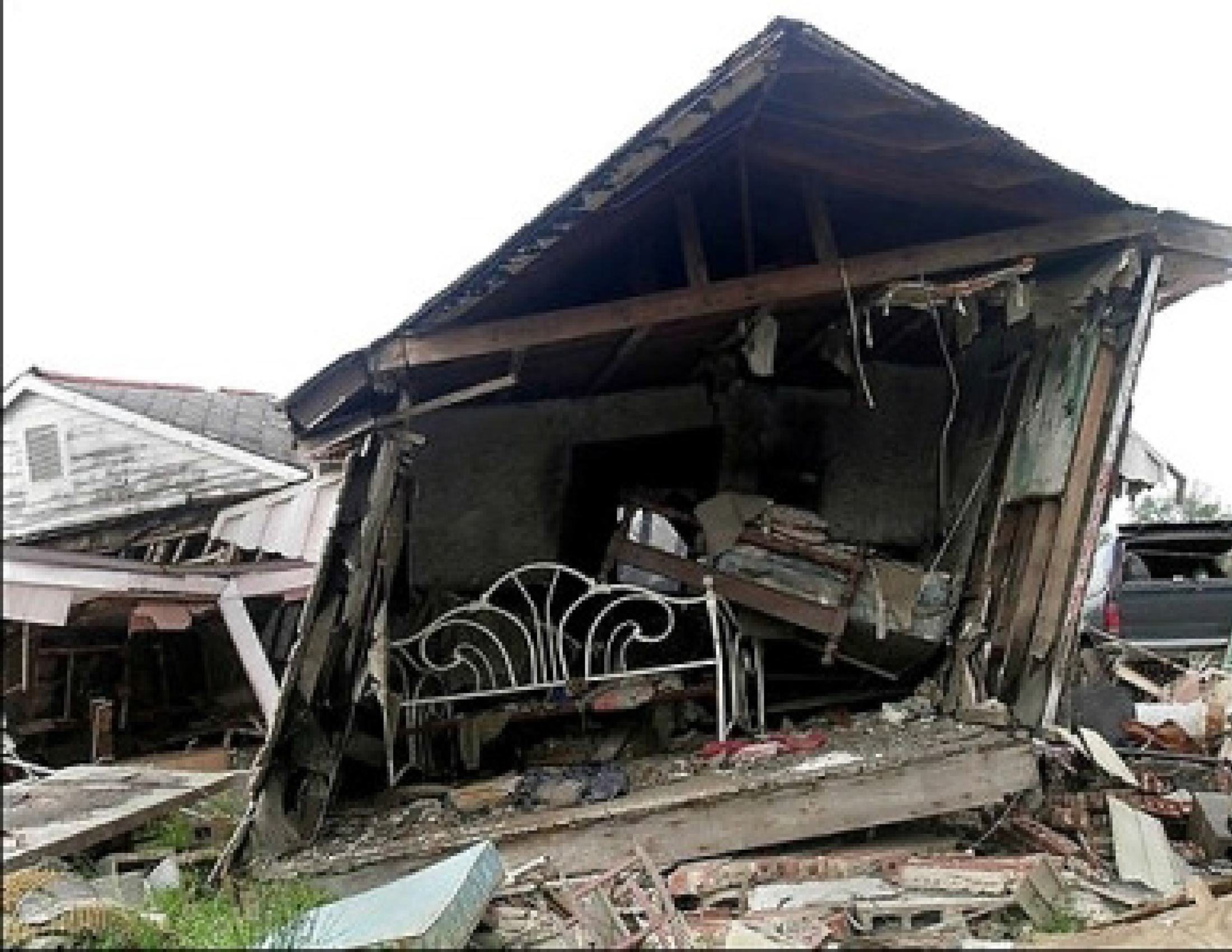
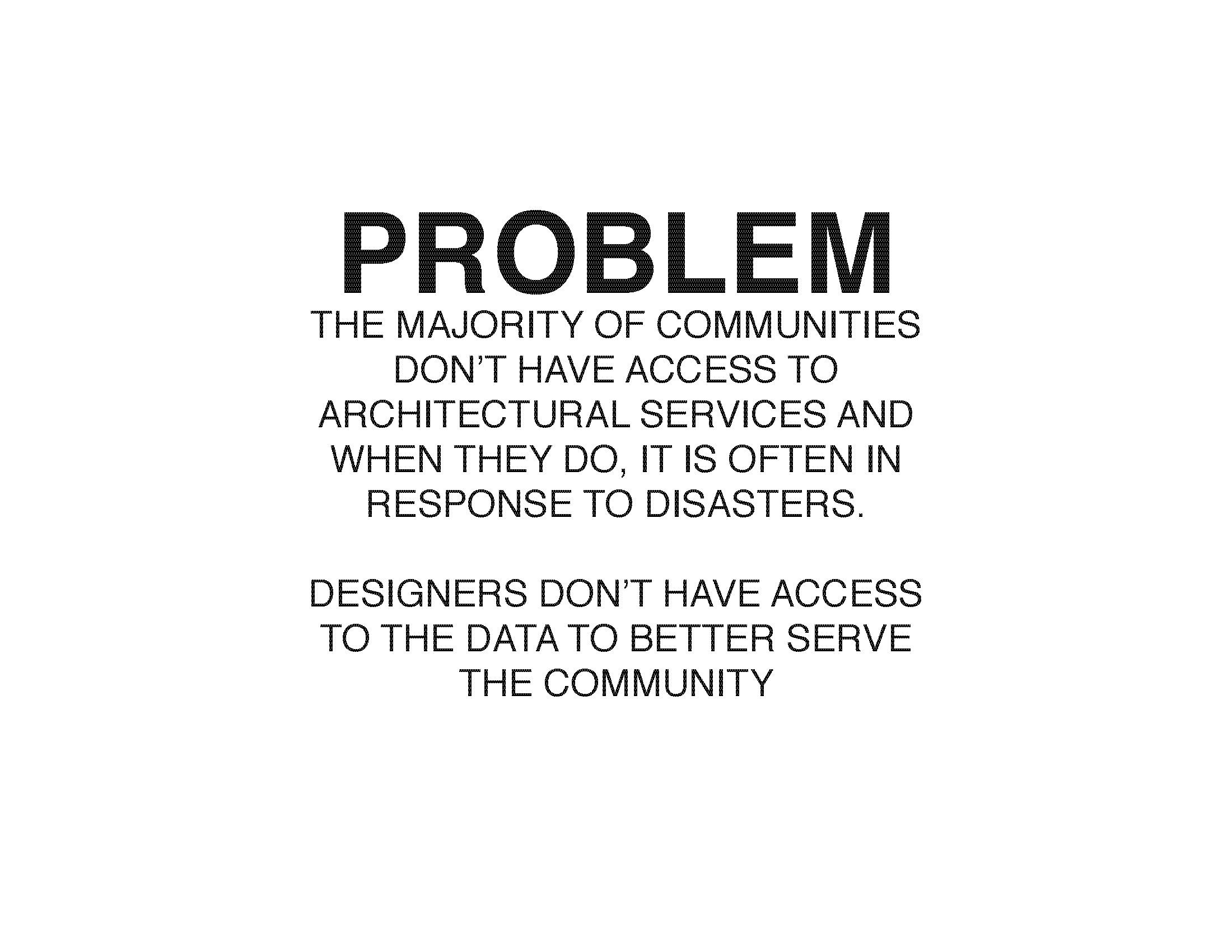
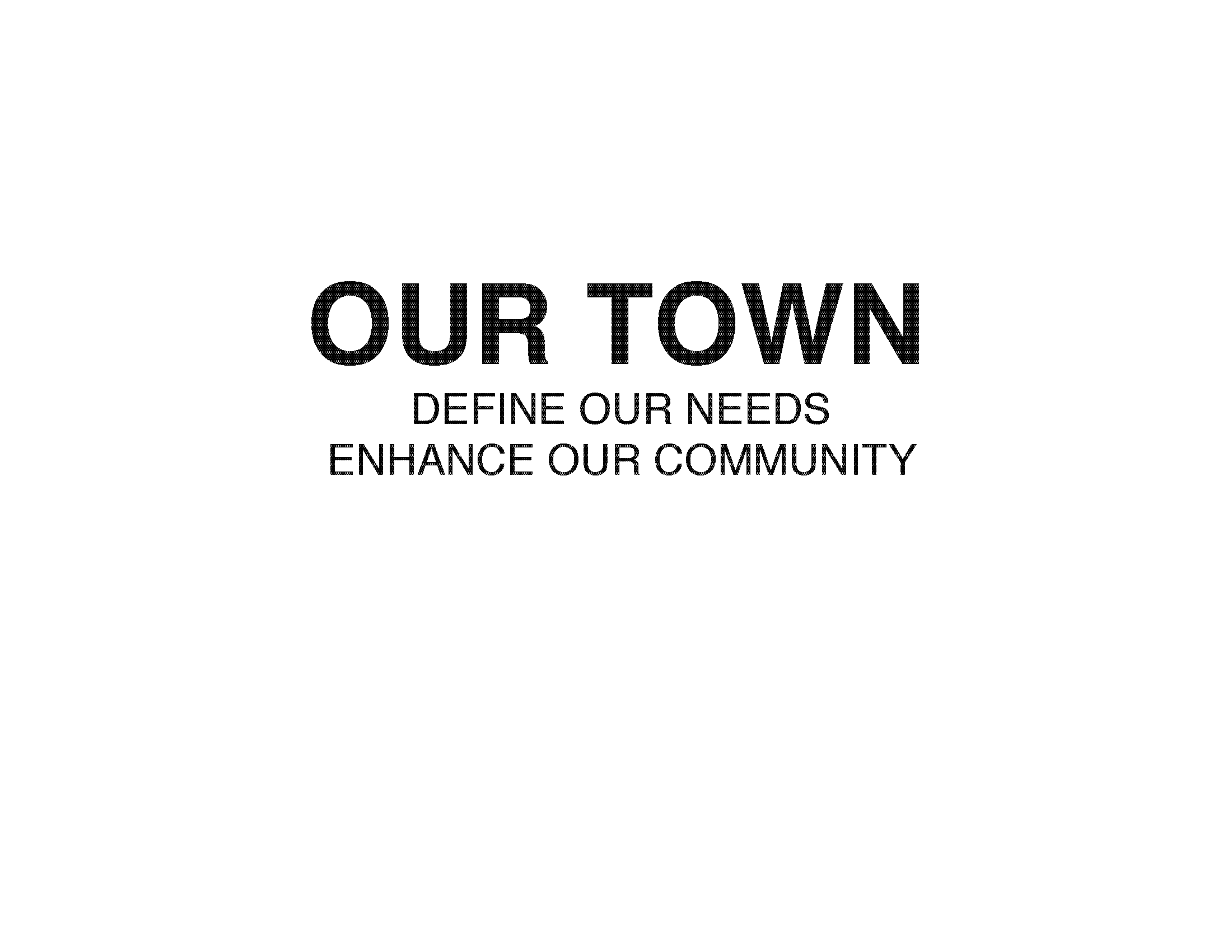
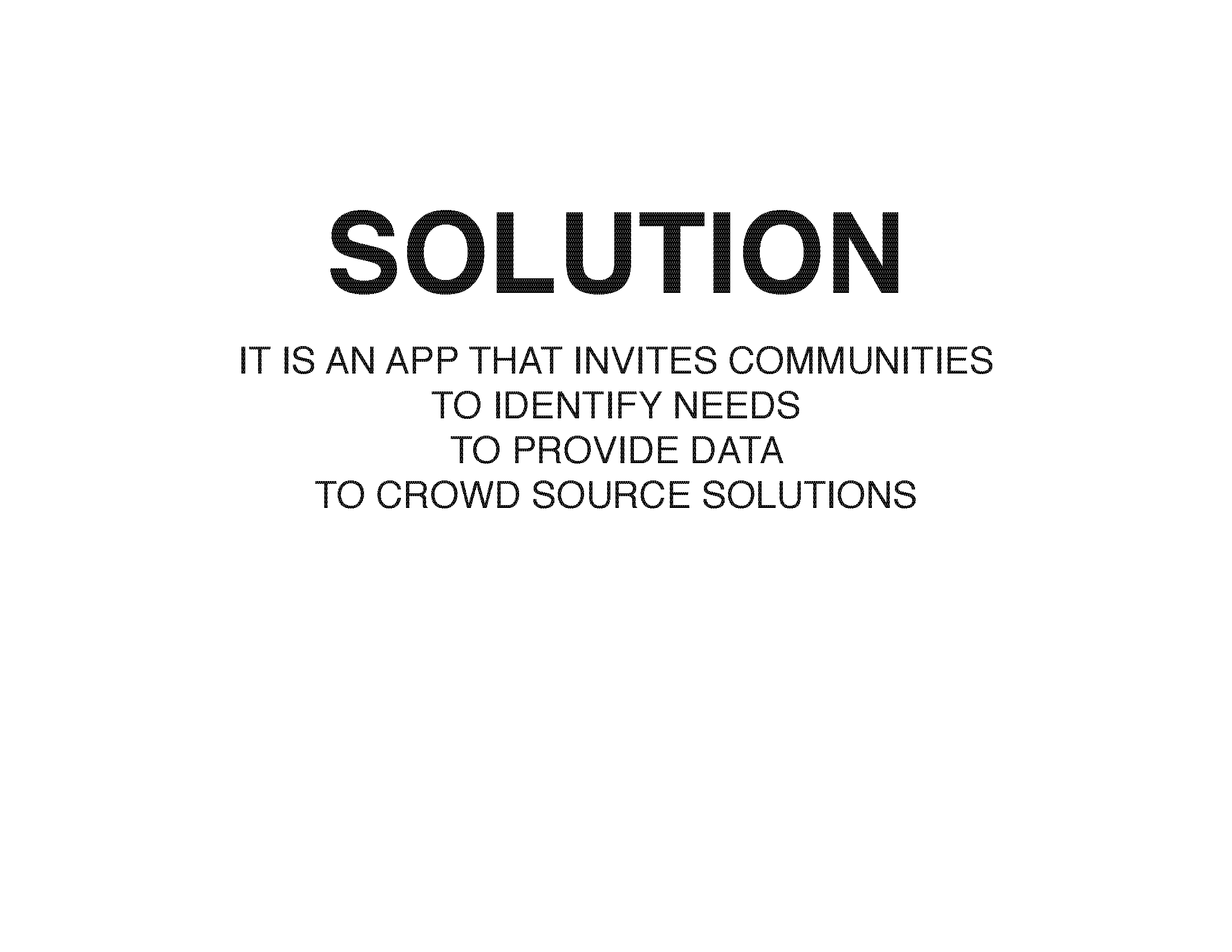
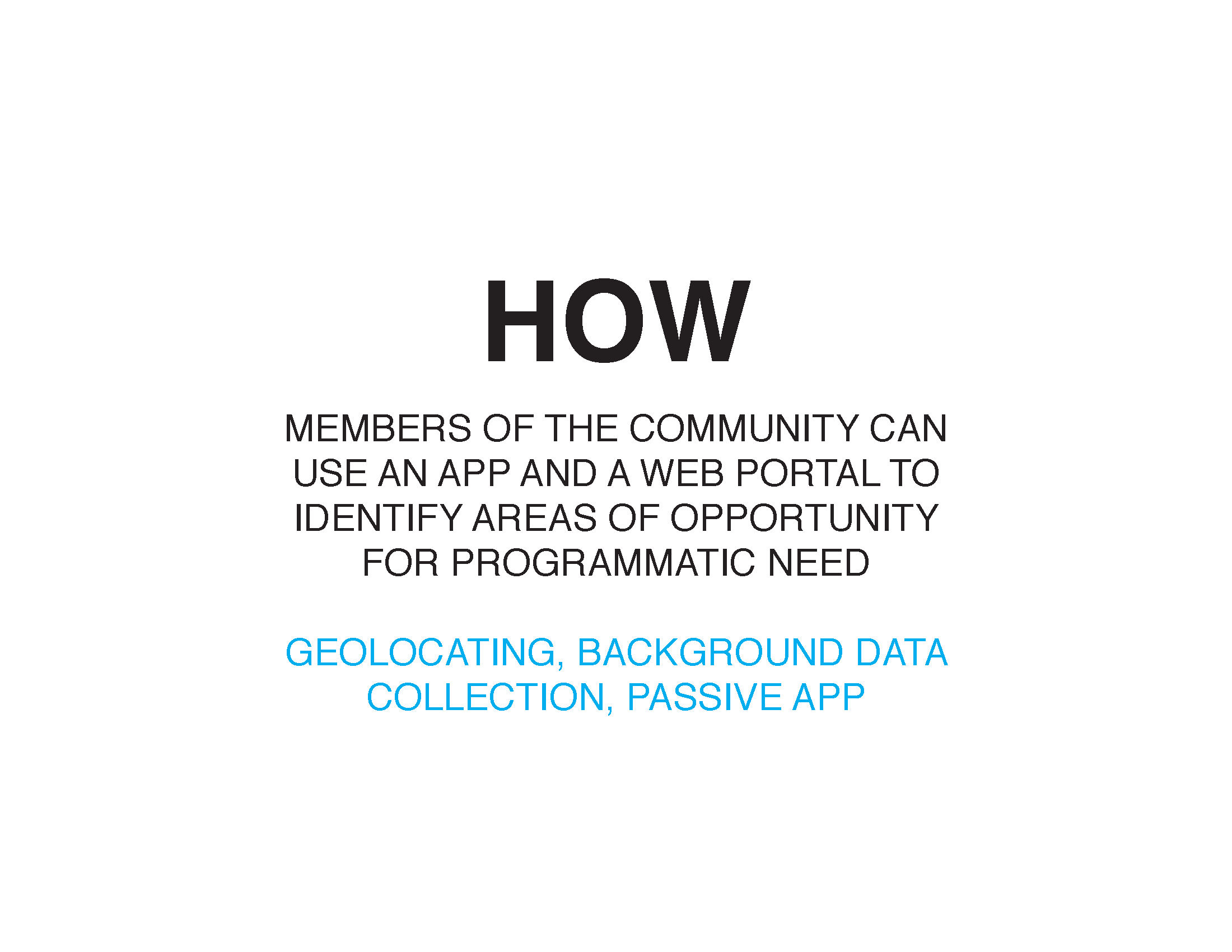



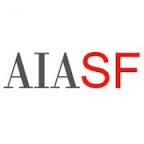

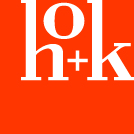
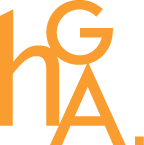














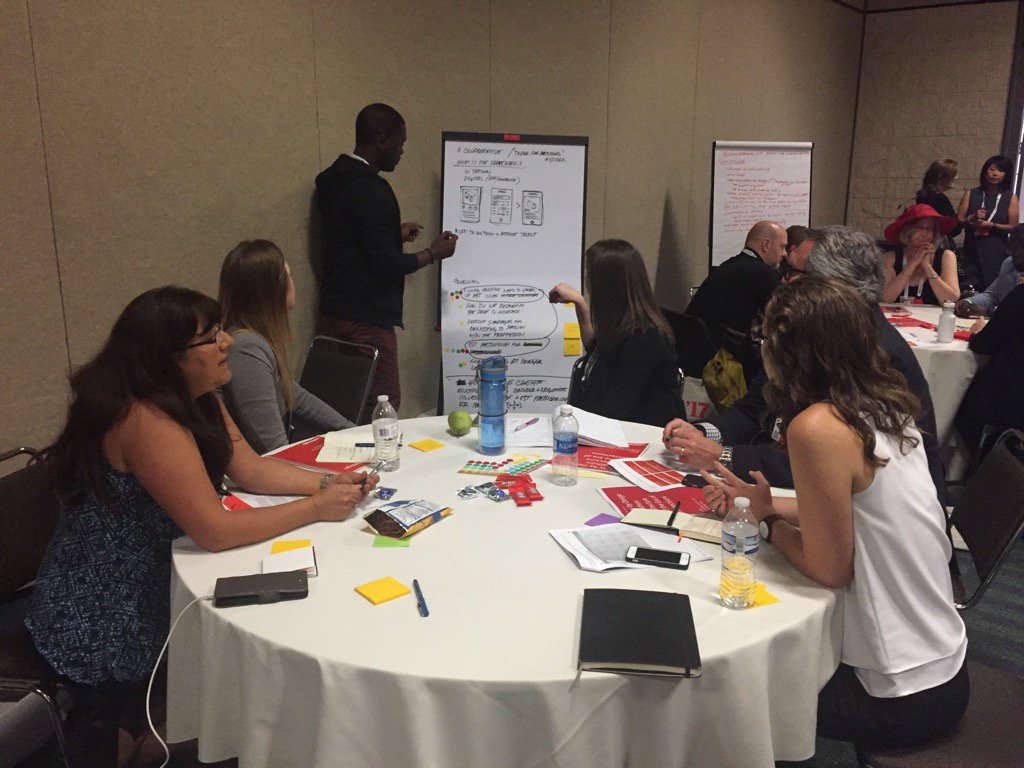







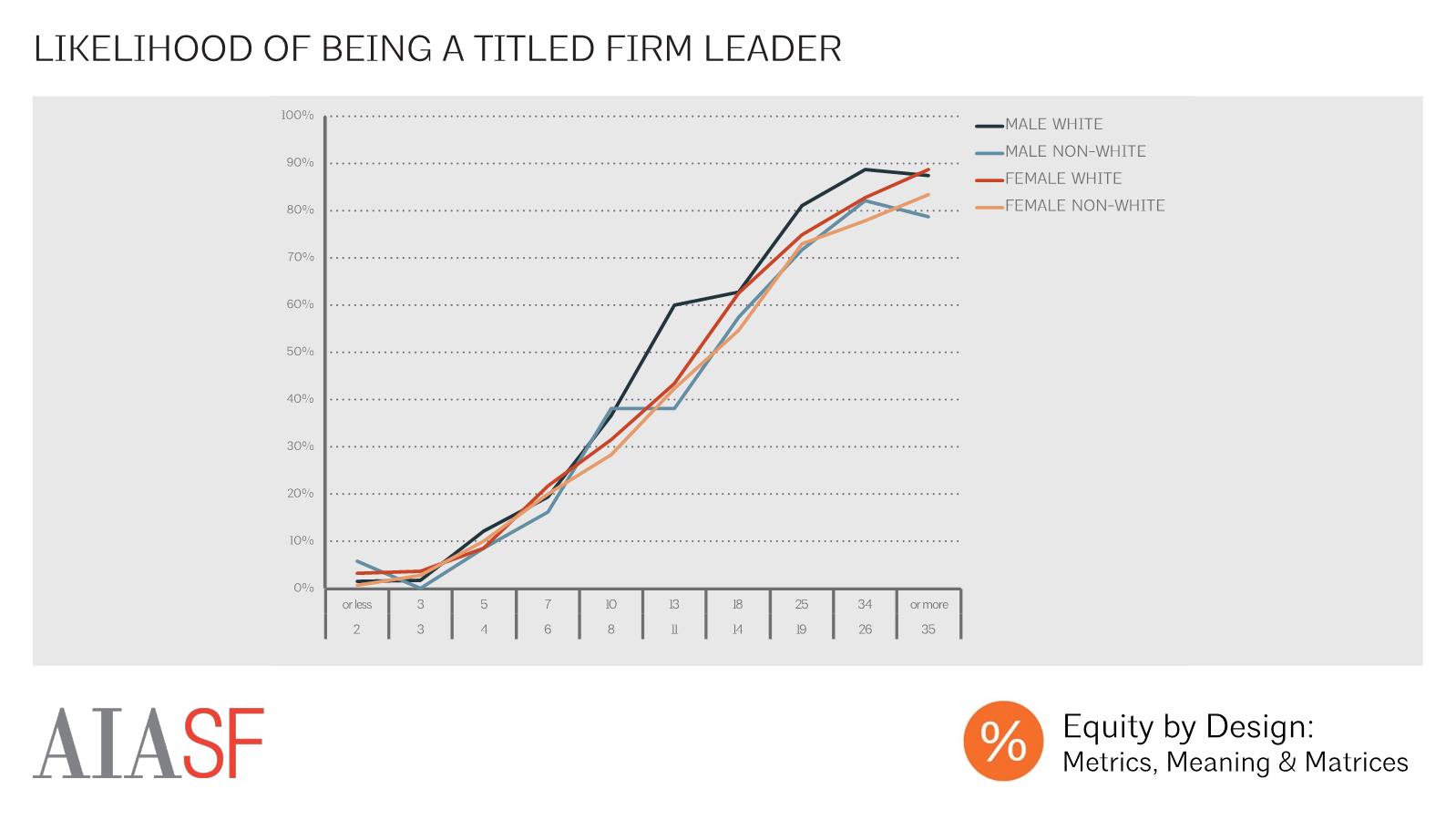


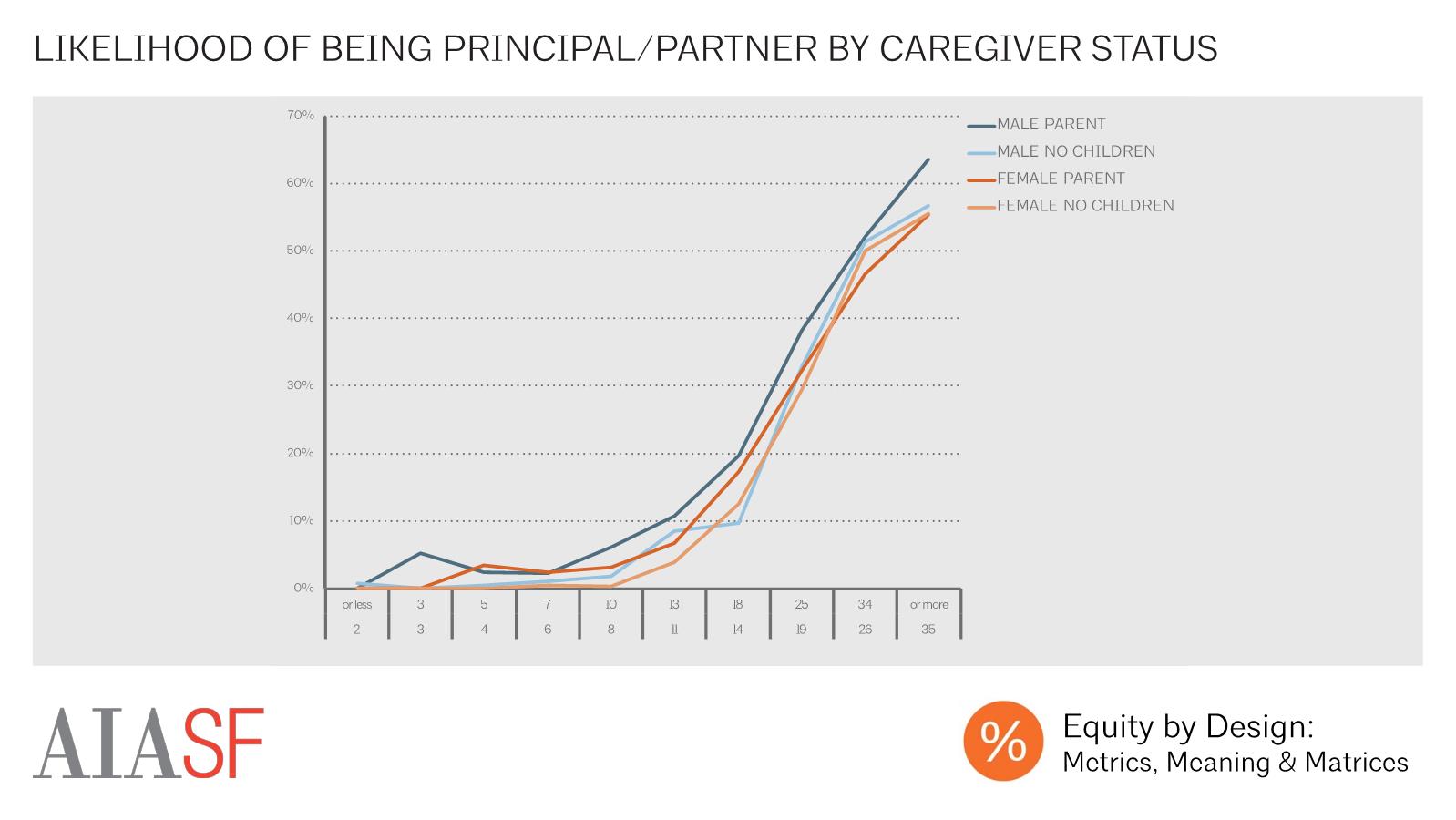


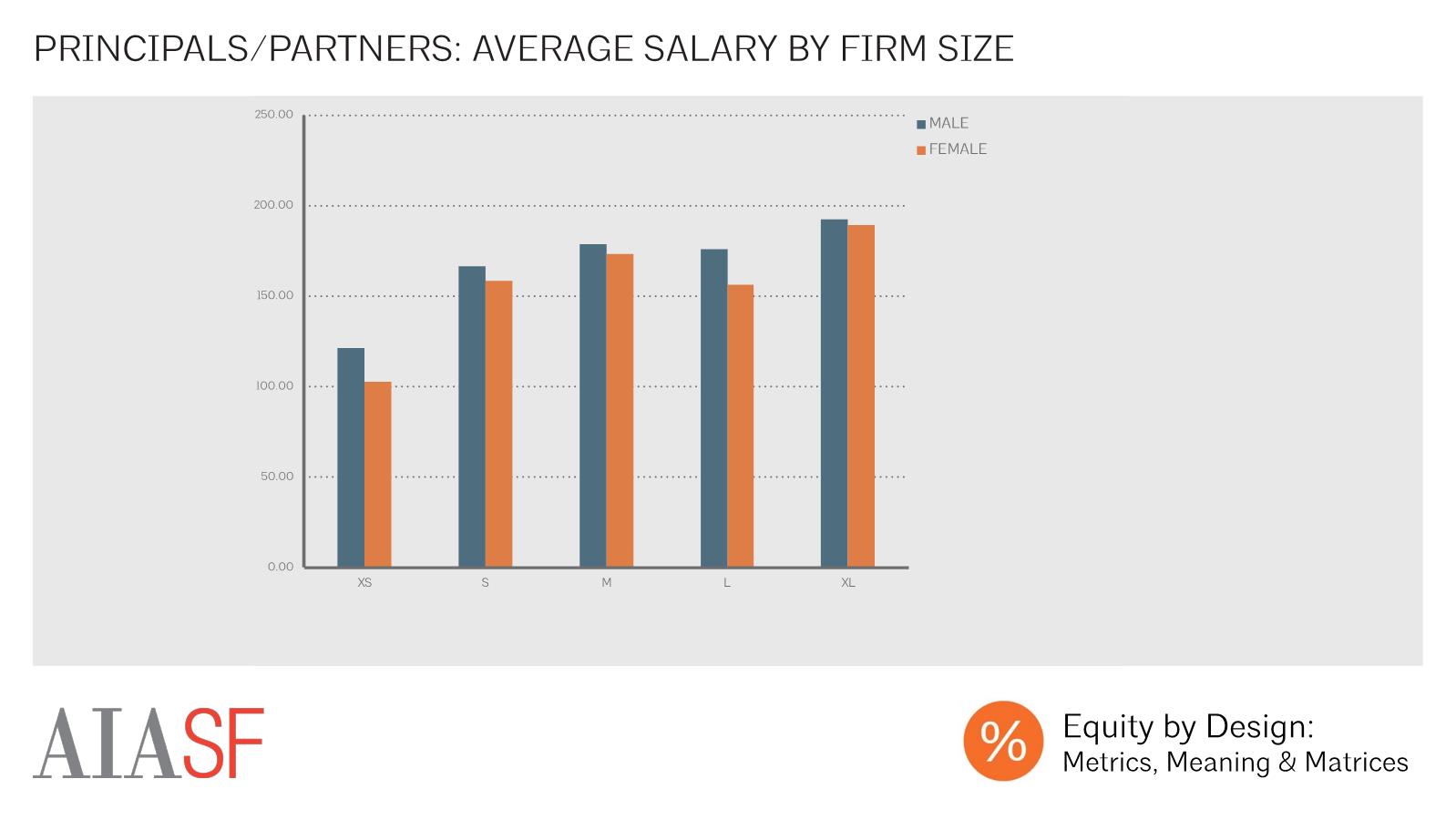
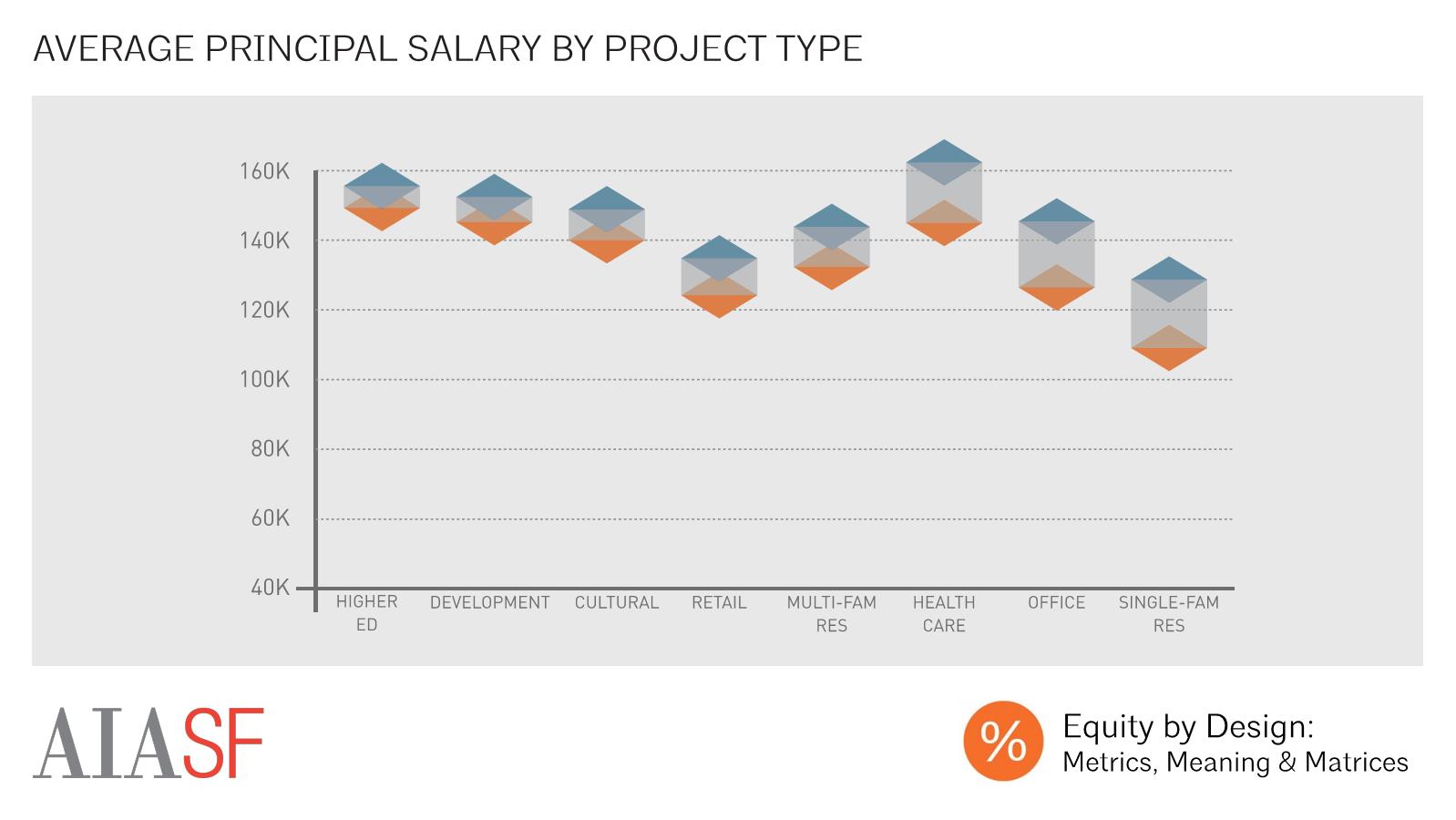





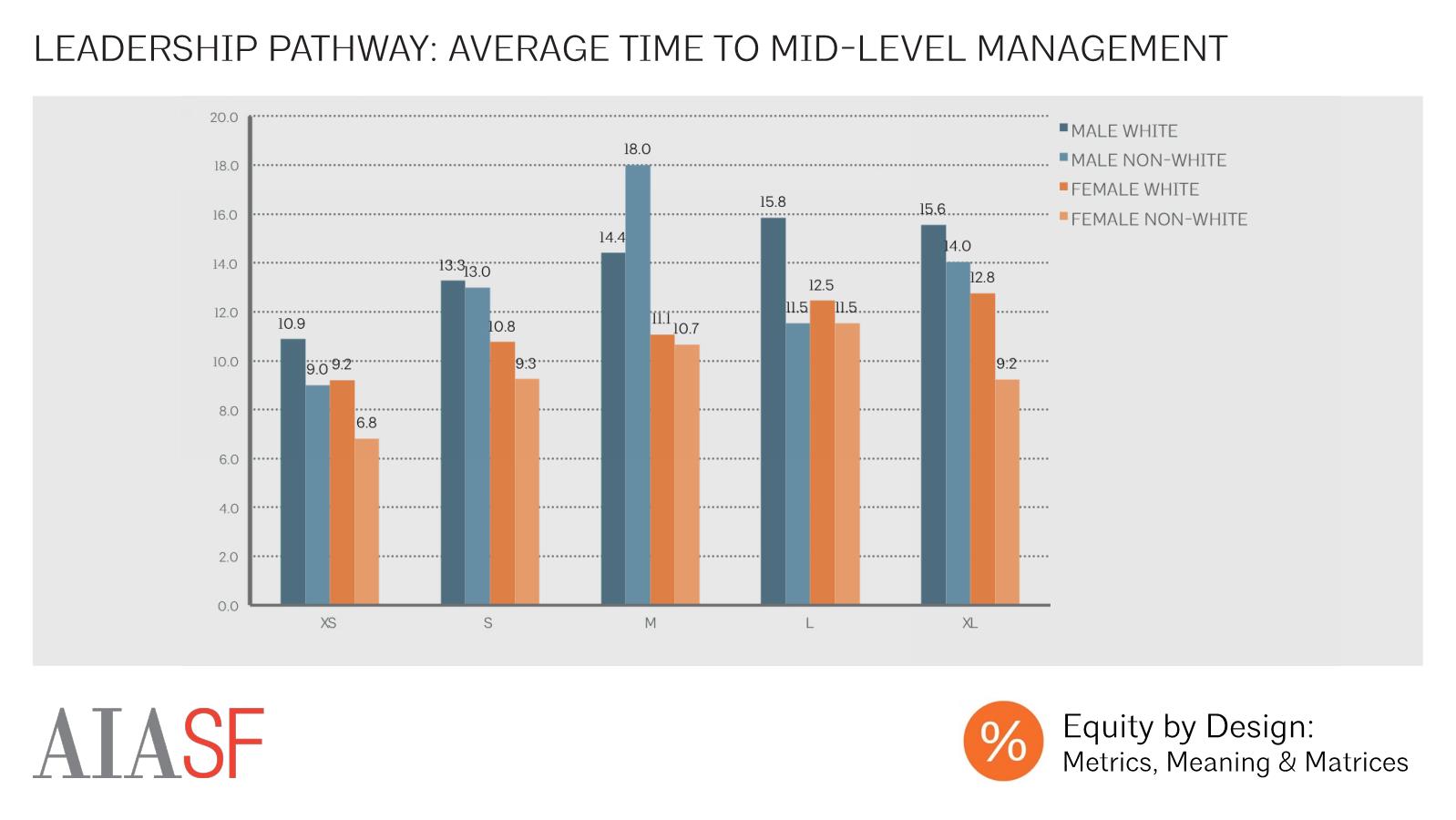


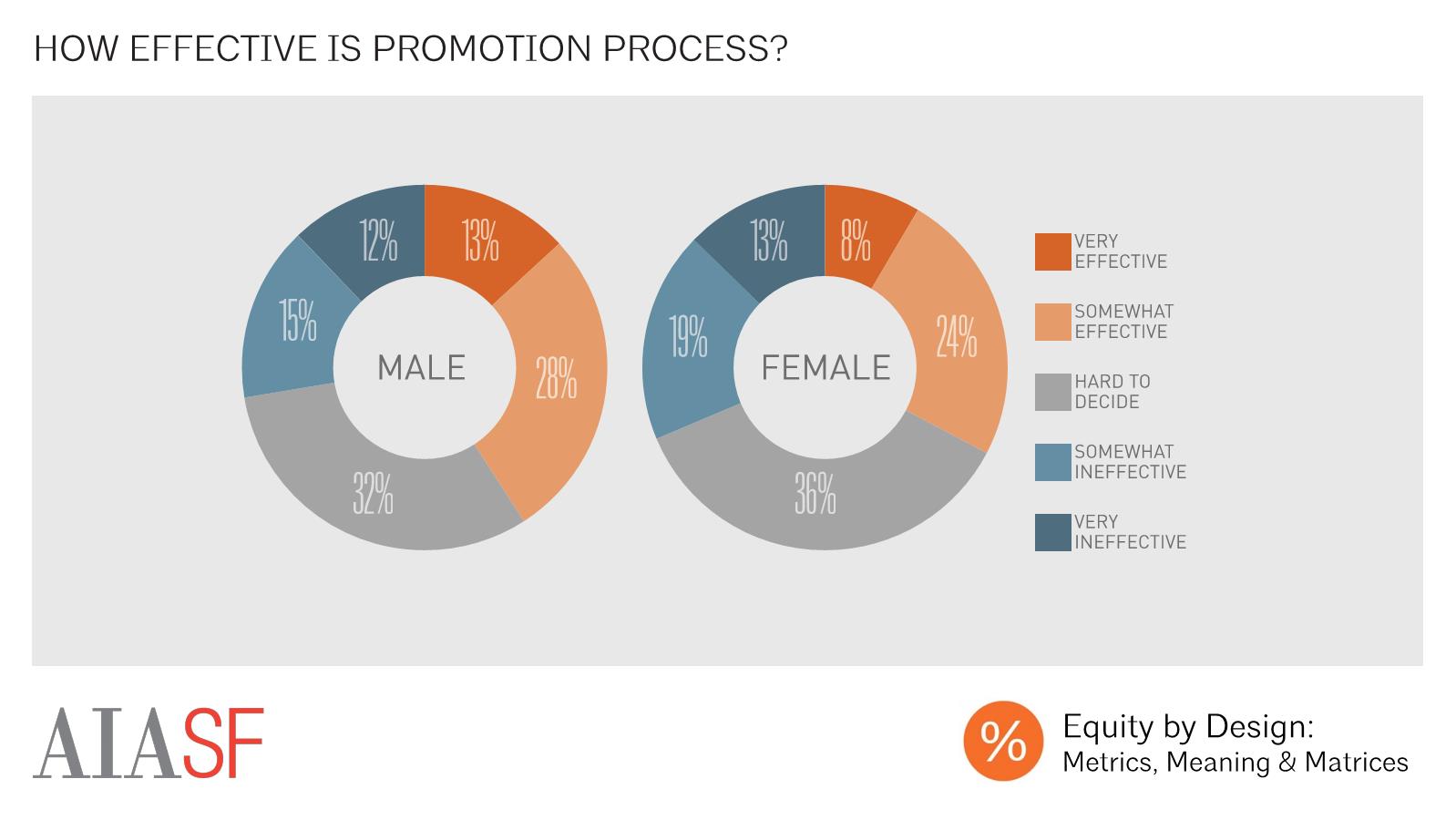

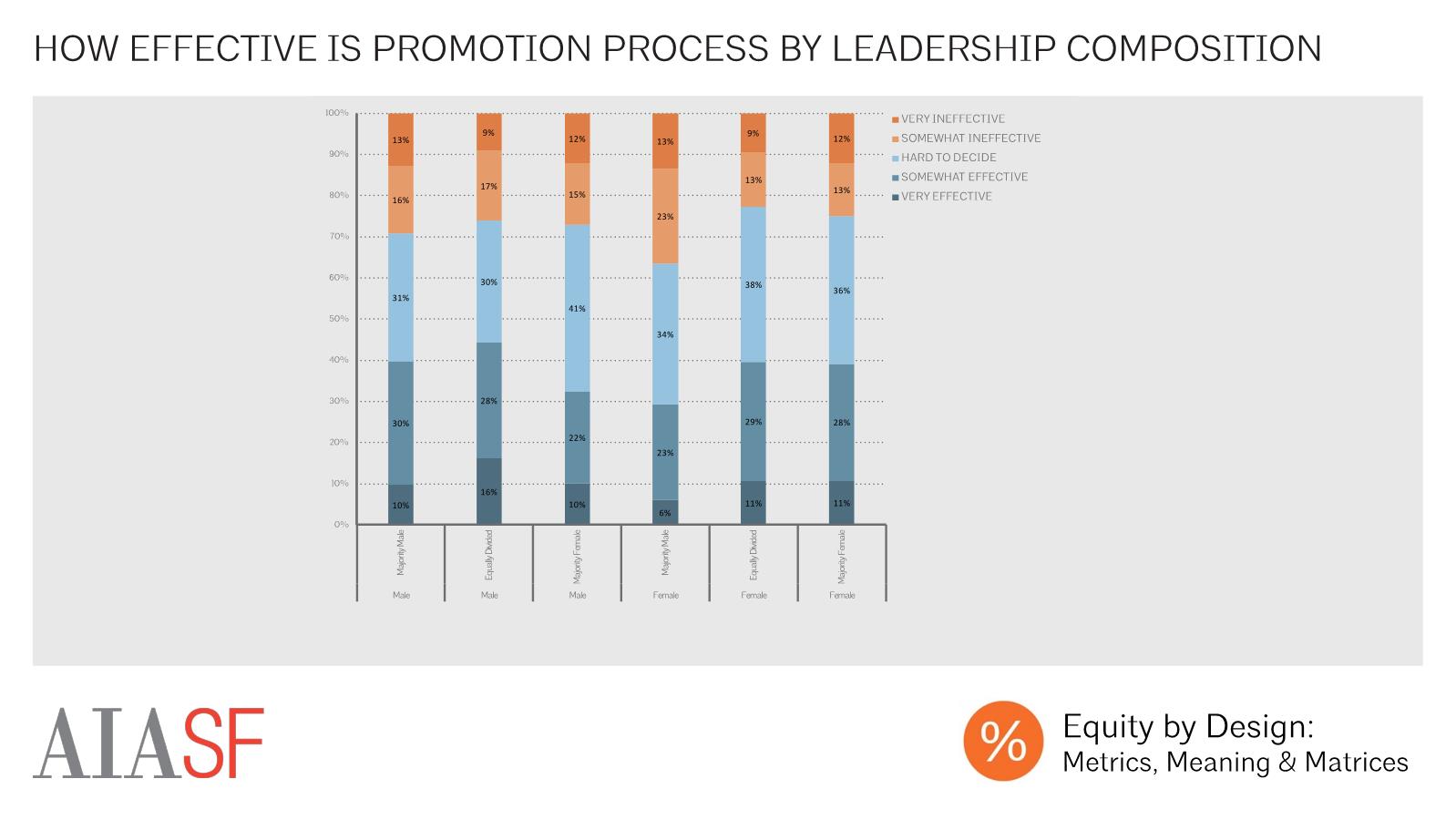
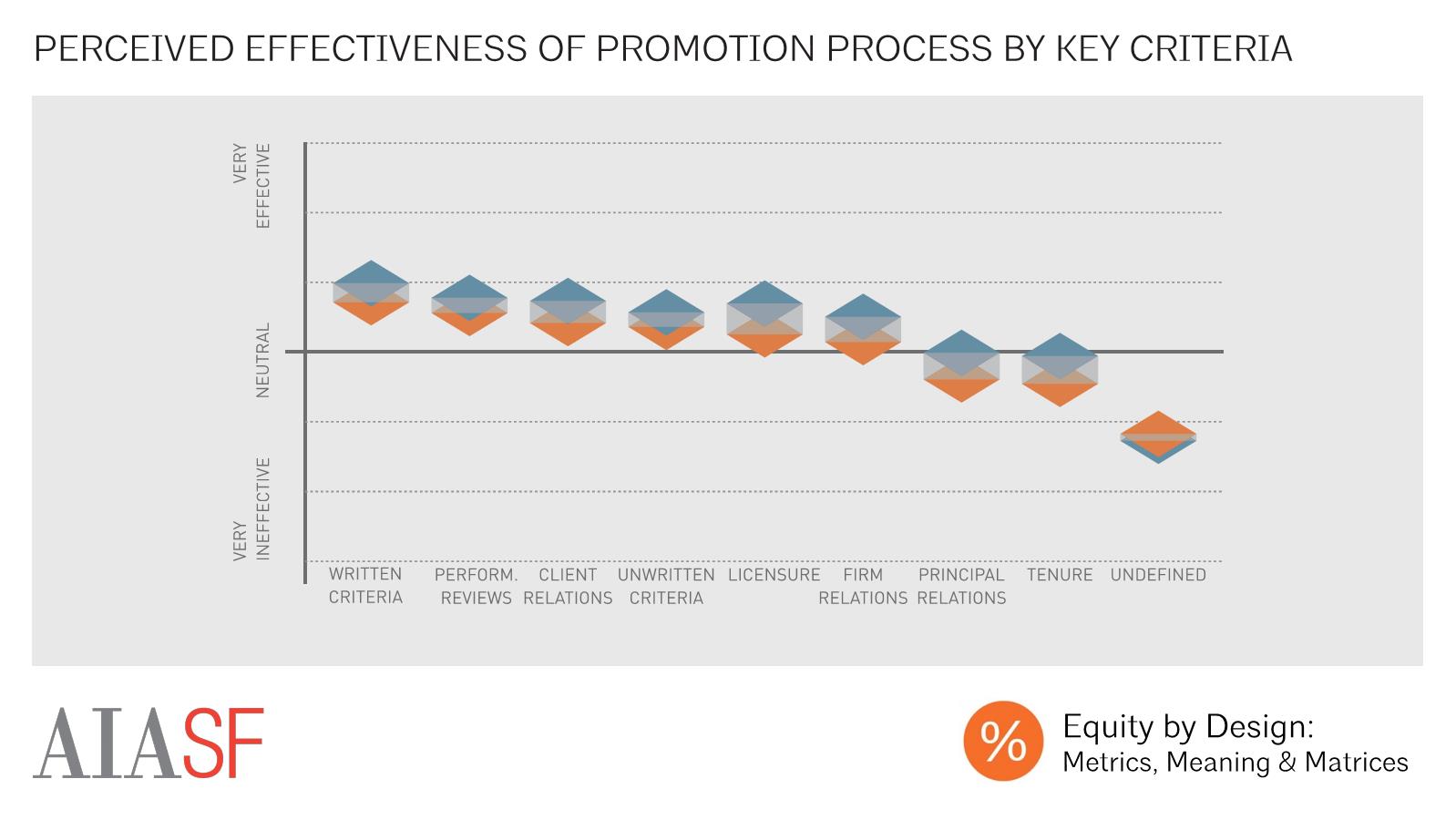

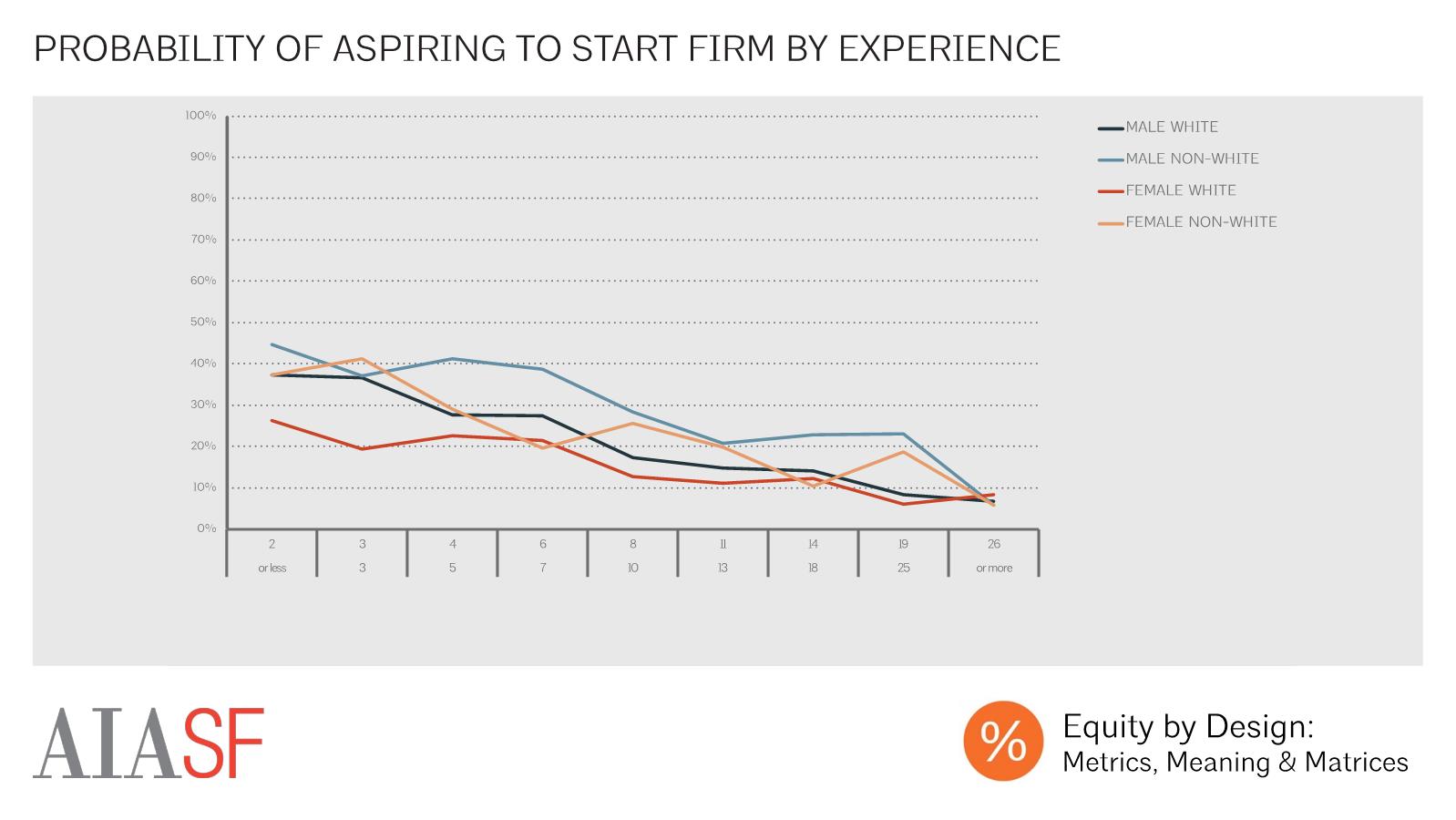





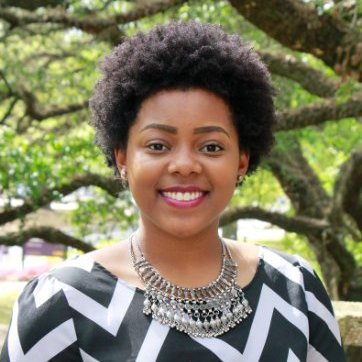

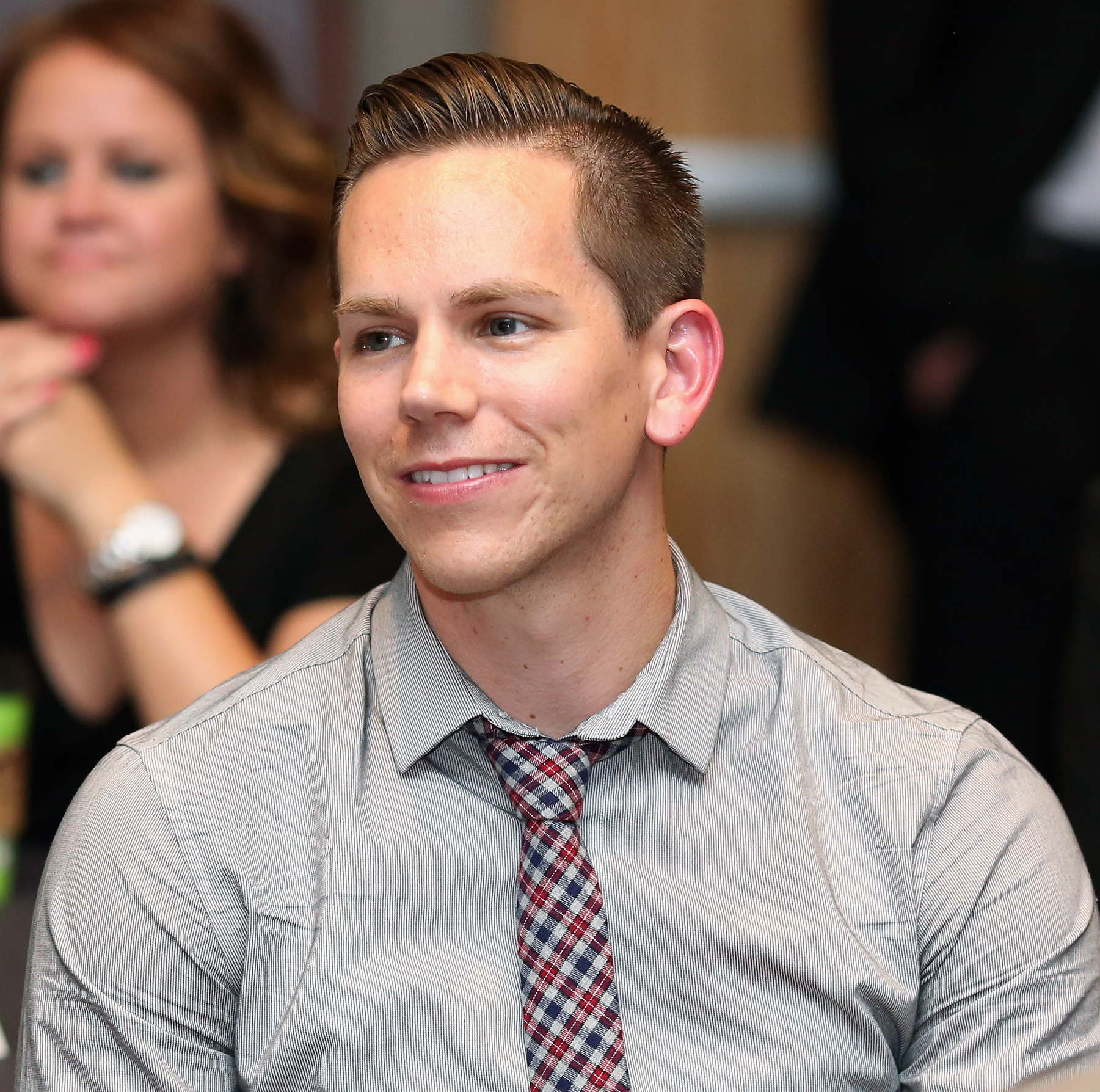
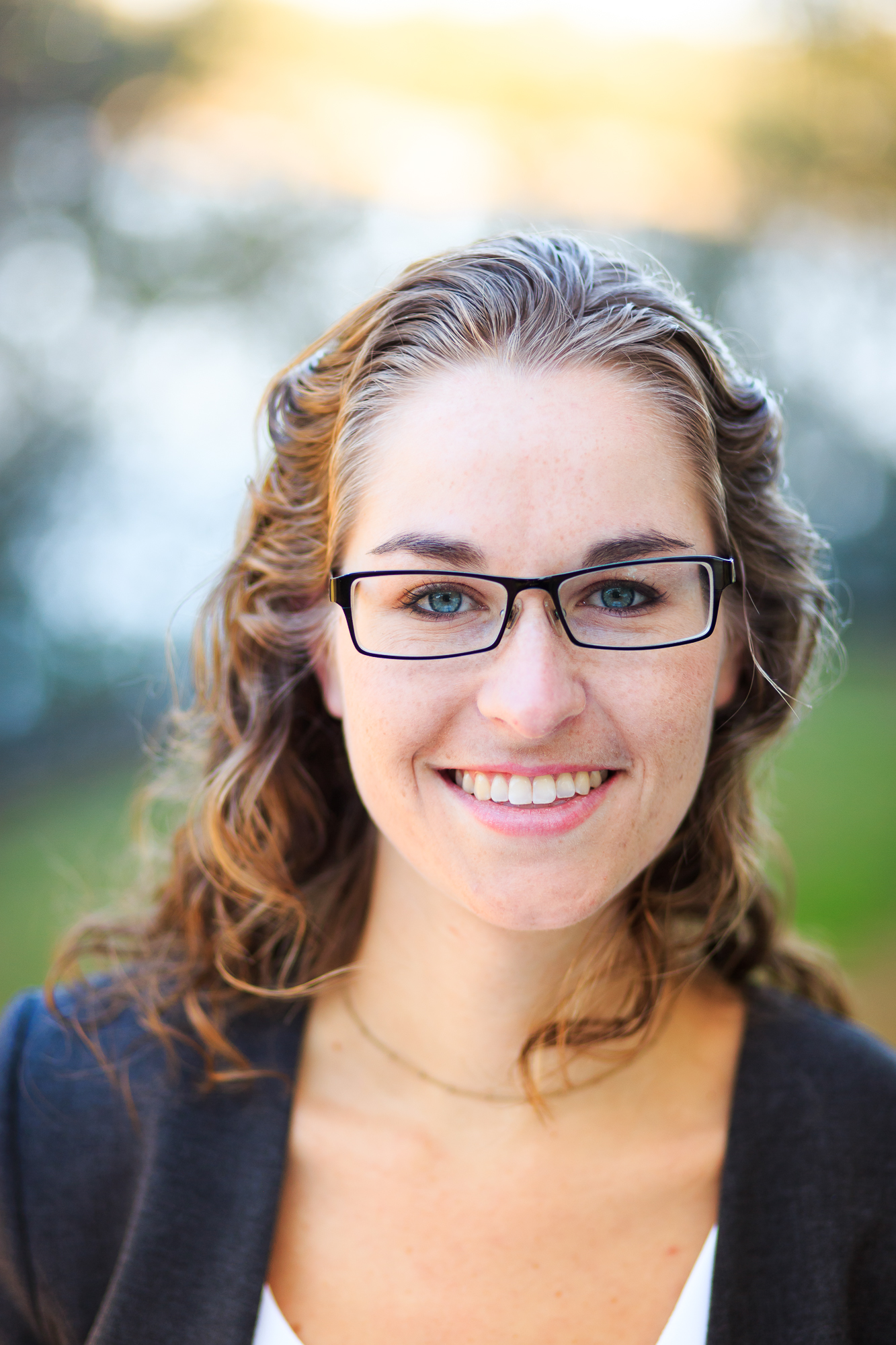
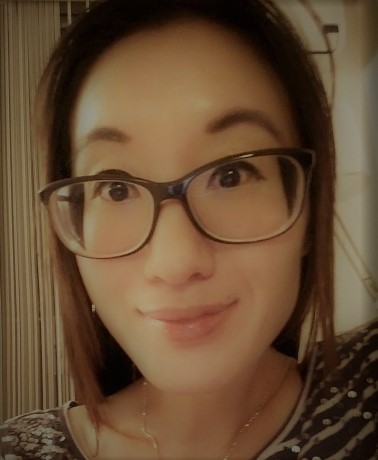
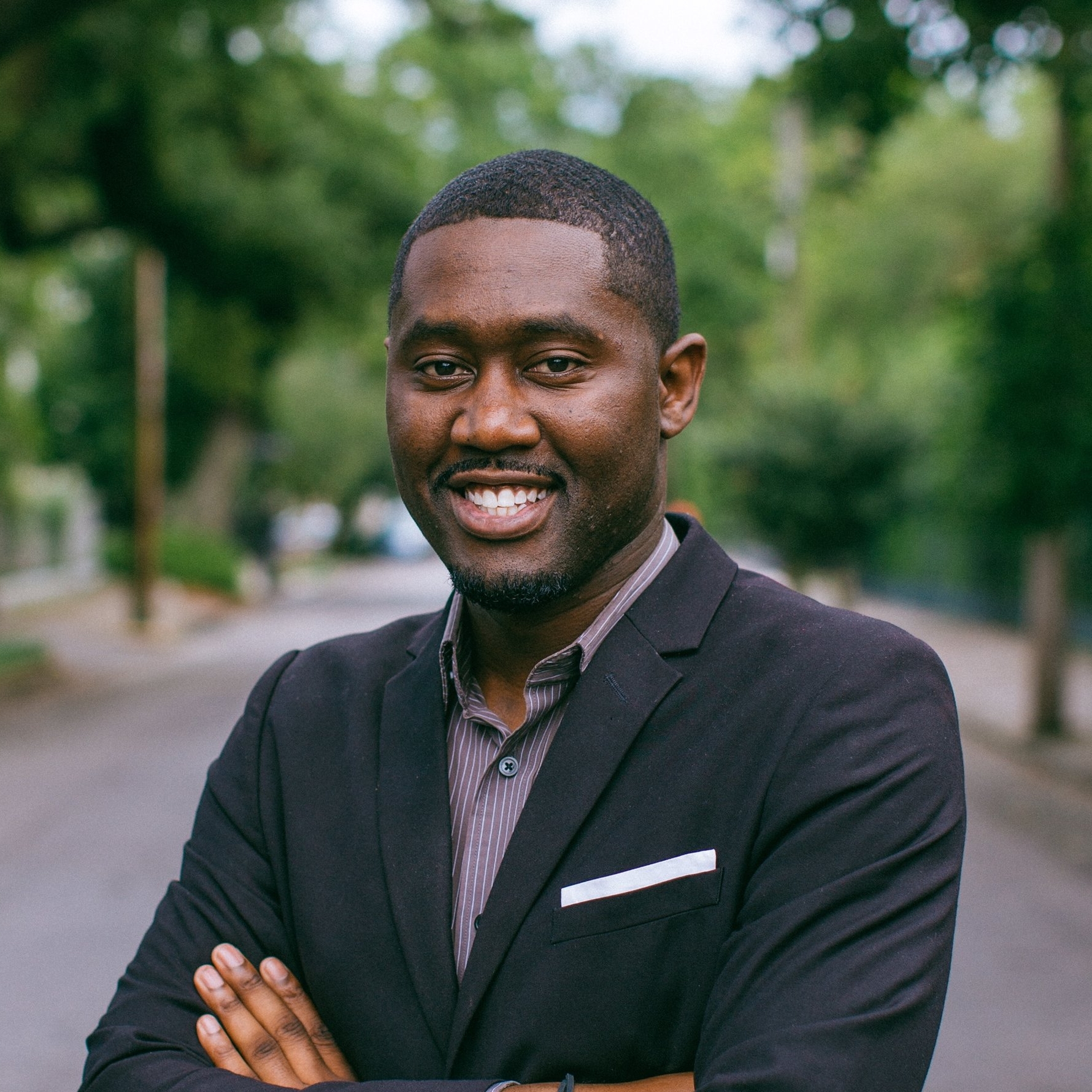
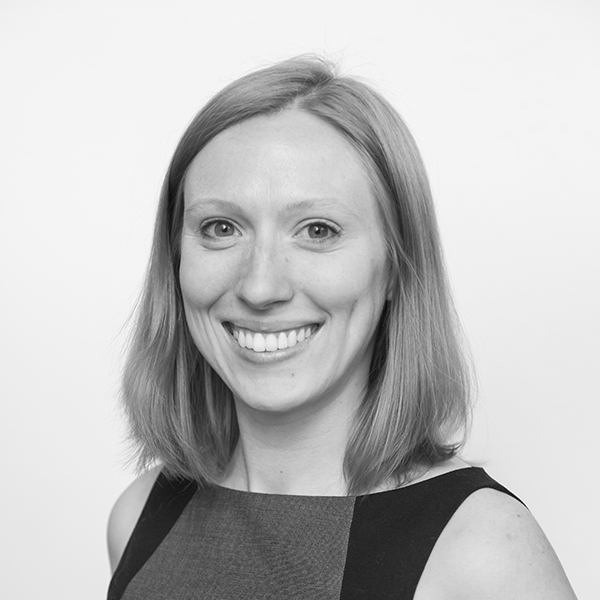

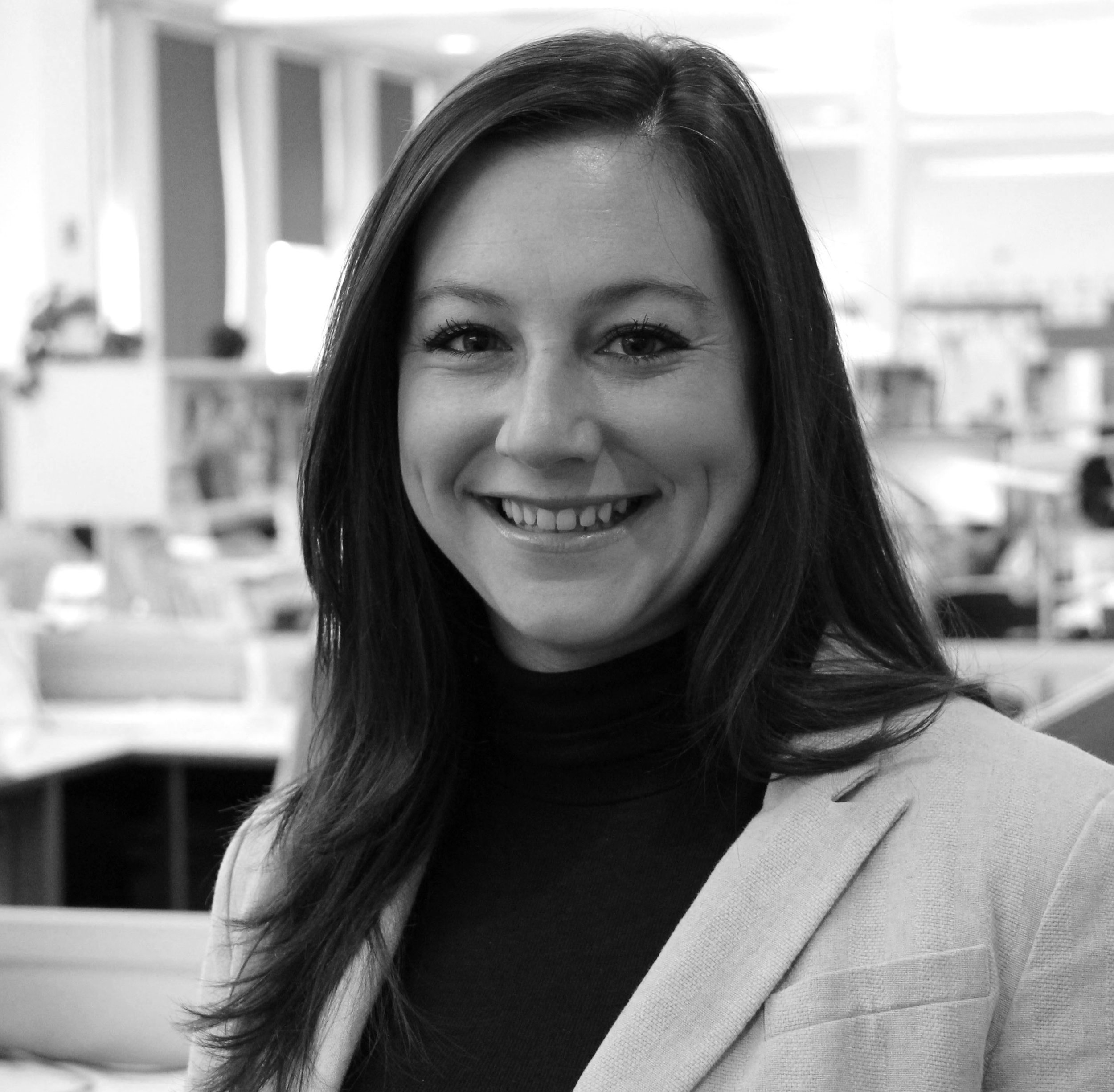













White male respondents made more annually, on average, than white women or people of color. While white men made $96,514, on average, non-white women earned $69,550 on average. It’s important to note, however, that a large part of this difference in annual earnings can be attributed to discrepancies in the average experience level of demographic groups within the survey sample – while the average white male respondent had 18.5 years of experience, the average non-white female averaged 9.0 years, for instance.